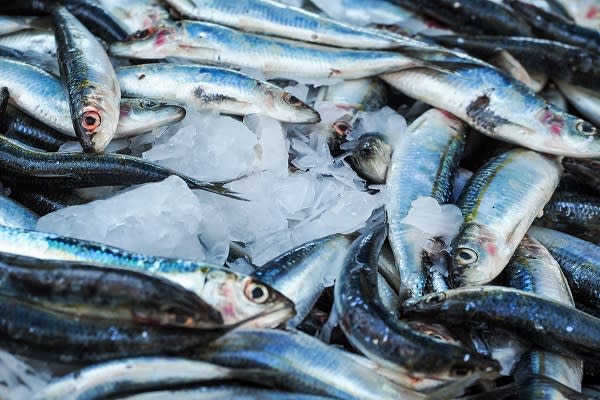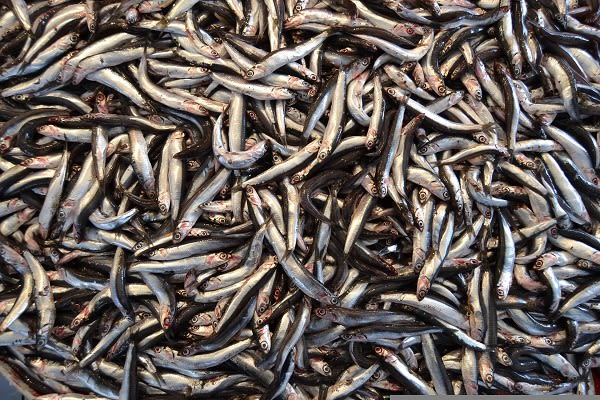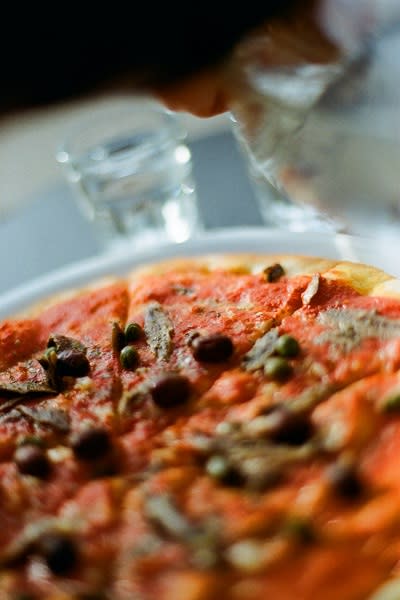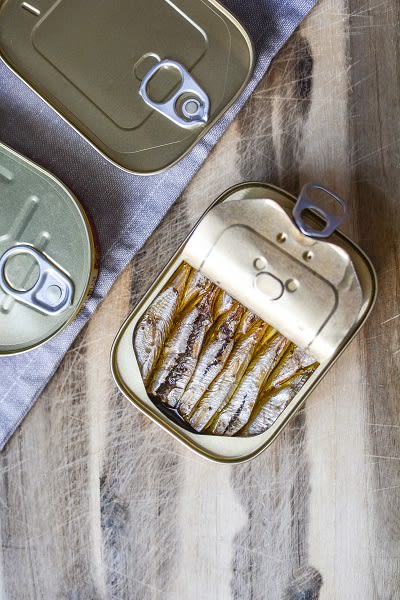Anchovies vs. Sardines: What’s the Difference?
They sit right next to each other in tins at the grocery store, but __sardines and anchovies are not the same__. They are often confused, though, so we’re here to set the record straight on the differences between our favorite two little fish varieties—and give you some great ideas about how to enjoy eating them.

What Are Sardines?
Though they’re both small, oily fish, anchovies and sardines are leagues apart. They’re completely different species, in fact. Sardines, also known as pilchards, are a category of fish in the Clupeidae family. They are usually 6 to 8 inches long, light in color, and most often sold canned whole in olive oil.
What Are Anchovies?
Anchovies are darker and smaller than sardines (usually 4 to 6 inches long), and a member of the Engraulidae family. Anchovies have a more intense flavor than sardines, and are most often sold as filets cured in salt, which intensifies their flavor even more. They’re briny and bright and pleasantly pungent, and add a punch of umami to anything they touch—think of them as a fish version of Parmesan cheese.The flavor of sardines is milder than that of anchovies, in the sweet spot between anchovies and tuna.
Are Sardines and Anchovies Good for You?
Yes! Anchovies, sardines, salmon, tuna, mackerel, and trout are all oily fish, which means they store oils throughout their bodies and are packed full of heart-and-brain-health-boosting omega-3 fatty acids, minerals, and fat-soluble vitamins. Unlike larger fish, sardines and anchovies don’t eat other fish and live shorter lives, so they don’t have a chance to accumulate high levels of toxic heavy metals before being harvested. So, you can eat them as often as you like without worrying about mercury! Plus, little fish are a more renewable and sustainable resource than larger fish, so eating them is healthier for the ecosystem as well as your body.

What Are the Best Ways to Prepare, Cook, and Eat Anchovies?
Anchovies and sardines both spoil very quickly, which is why they are most often served canned. But if you can find fresh anchovies, the most fun way to eat them is to batter and fry them whole (yes, eyeballs skin and all!) and eat them like fries, preferably dipped in aioli. It’s a Mediterranean seaside treat. You can also grill them whole, or cut off the heads, pull out the backbones to butterfly each fish open, and marinate them in vinegar to make boquerones, a classic Spanish tapa. Or skip the prep work and buy marinated white anchovies at your local specialty food store. They’re milder than salt-cured anchovies and delightfully tangy. Try draping them over buttered bread for a simple and satisfying appetizer.Salt-cured anchovy filets tinned or jarred in olive oil are the most commonly sold form of anchovies. Dark reddish brown, deeply flavorful, and easily dissolved into sauces, marinades, and dressings, anchovy filets are the secret flavor-booster every home cook needs. Used in moderation, they don’t make whatever you’re cooking taste fishy, they just make it taste better—trust. And you can’t make Caesar dressing without them. If you want to taste more of the anchovy, add filets into sandwiches, toss them into salads, drape them over your morning eggs, and most importantly, drape them over pizza.

What Are the Best Ways to Prepare, Cook, and Eat Sardines?
You don’t want to put sardines on pizza—they’re not traditional, and since they are not salt-cured, they don’t lend the same satisfying flavor contrast against the sauce that anchovies deliver. But they are delicious on toast. The most common way to buy sardines is canned in oil, conveniently already cleaned and cooked for you. Sometimes they’re smoked for extra punch; sometimes they’re canned in a flavorful sauce—both are good options. A tin in the pantry means you’ve always got a healthy and flavorful protein to add to any quick meal from salad to pasta. Pair them with fresh herbs, lemon, or bright tangy pickled things to balance the oily fishy flavor in a nice way.Sardines are also sold skinned and fileted and packed in water in tins, and this makes a great stand-in for a standard can of flaked tuna. Use it like you’d use tuna: to make salad for sandwiches, to make burgers, in pasta, and more.
If you can find fresh sardines, fire up the grill and imagine you’re somewhere on the Mediterranean in the summertime. A pinch of salt, a squeeze of lemon and a glug of olive oil are all you need to season these flavorful little fish.